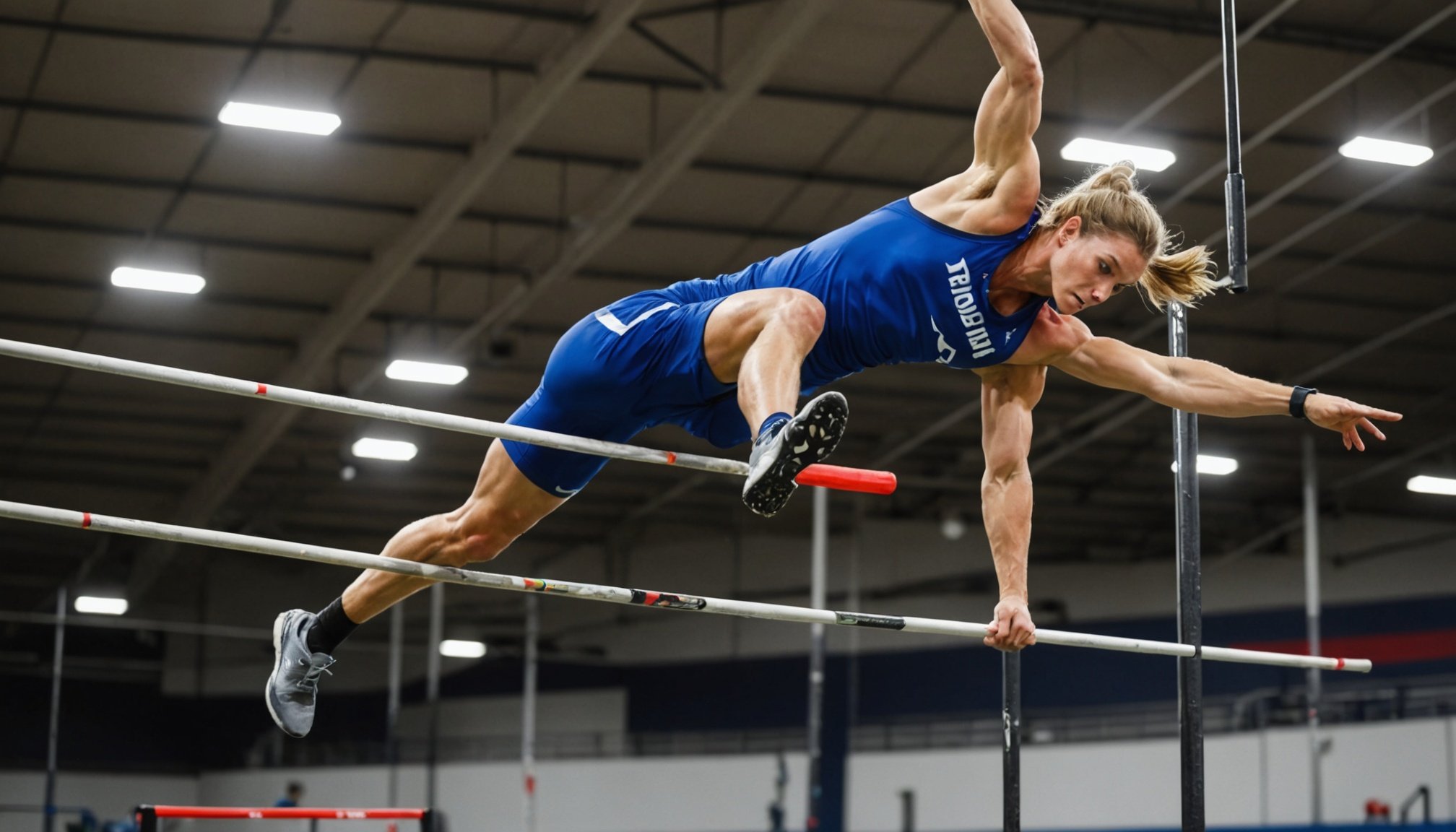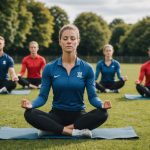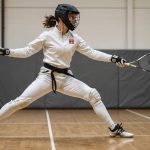Understanding Core Stability and Its Importance in Pole Vaulting
Core stability is fundamentally linked to athlete success in pole vaulting, providing a base of support for dynamic movements. Understanding its role is critical for developing effective training strategies. In essence, core stability refers to the control of the body’s trunk over the pelvis. This control is crucial for maintaining balance, especially during complex athletic movements such as pole vaulting.
In pole vaulting, core muscles act as stabilisers, helping athletes maintain alignment and control. This is particularly important during the pole plant and take-off phases, where stability significantly influences pole vault performance. Athletes with strong core stability are less likely to lose balance and more capable of executing precise movements, which enhances their performance.
Have you seen this : Boost your water polo goalkeeper’s reflexes: essential drills for peak performance
Scientific research backs these conclusions, showing a robust relationship between core stability and improved sports outcomes. Studies consistently reveal that athletes with enhanced core stability exhibit better balance, coordination, and overall athletic prowess. This implies that focusing on core strength training can be a game-changer for pole vaulters, making it an indispensable part of any serious athlete’s training regimen. By dedicating efforts to this aspect, athletes can see notable improvements in their performance and success rates in pole vaulting.
Specific Exercises to Enhance Core Stability for Pole Vaulters
Developing core stability is imperative to excel in pole vaulting, where athletes require a comprehensive training program. This section addresses key exercises designed to enhance core strength, a determining factor in pole vault performance.
In the same genre : Unleash Your Fencing Potential: Master Footwork for Unmatched Agility and Speed
Stability Ball Exercises
Engaging in exercises using stability balls promotes core engagement, essential for pole vaulting. These activities develop the muscles responsible for maintaining balance and allow athletes to control their movements during the vault. Stability ball roll-outs and pikes effectively target core muscles, making them invaluable for pole vaulters’ training programs.
Planks and Variations
Planks form a staple in core strength exercises, offering an array of benefits crucial to athletes. Simple and versatile, planks enhance the core’s ability to stabilise the trunk, which is vital during the pole vault take-off. Variations like side planks and forearm planks further engage different muscle groups, providing comprehensive core development.
Cross-Training Activities
Incorporating cross-training activities into a pole vaulter’s routine further boosts overall core stability and agility. Activities such as pilates and yoga complement traditional exercises, promoting greater flexibility and control. This holistic approach not only increases core strength but also enhances coordination and balances integral to pole vaulting success.
The Biomechanics of Pole Vaulting and Core Engagement
Understanding the biomechanics of pole vaulting provides insight into the intricacies of core engagement. Pole vault mechanics involve complex athletic movements that require precise coordination between various muscle groups. During the take-off phase, core muscles play a pivotal role in stabilising the body as it transitions from a running approach to an upward leap. This stability is critical in ensuring the athlete harnesses maximum energy transfer, propelling them efficiently over the bar.
The importance of core engagement is not limited to the take-off phase. Throughout the entire vault, a strong core affects the athlete’s technique by maintaining body alignment and facilitating control during aerial manoeuvres. Enhanced core strength can lead to significant improvements in form, directly influencing athletic movement and pole vault performance.
Research indicates that athletes with superior core stability demonstrate heightened precision and reduced risk of injury, showcasing the integral link between core engagement and pole vault mechanics. Such insight underscores the necessity for targeted core strength training, emphasising its value in refining technique and boosting overall athletic prowess in pole vaulting.
Case Studies and Expert Insights on Core Stability and Pole Vaulting
Exploring case studies and expert insights enriches our understanding of core stability’s pivotal role in pole vaulting. Coaches frequently underscore targeted training methods that focus on core muscles, enhancing athlete performance. For instance, interviews with renowned coaches reveal a consistent emphasis on engaging core muscles during training and practice.
Success Stories of Athletes
Many athletes owe their heightened pole vault performance to dedicated core strength programs. Notable success stories include elite pole vaulters who experienced significant performance enhancements after incorporating rigorous core stability exercises. Their stories exemplify the transformative impact of a strong core on vaulting technique and precision.
Performance Research Findings
Performance research consistently highlights the correlation between superior core stability and competitive success. Studies analysing athlete success demonstrate that those with enhanced core strength possess improved balance and control, leading to elevated athletic prowess. These findings stress the importance of integrating core stability exercises into a pole vaulter’s routine.
Collectively, insights from these analyses validate the necessity of core stability in achieving pole vault success. Athletes, coaches, and researchers all acknowledge its central role, solidifying the core’s importance in refining technique and driving improved performance in competitive settings.





